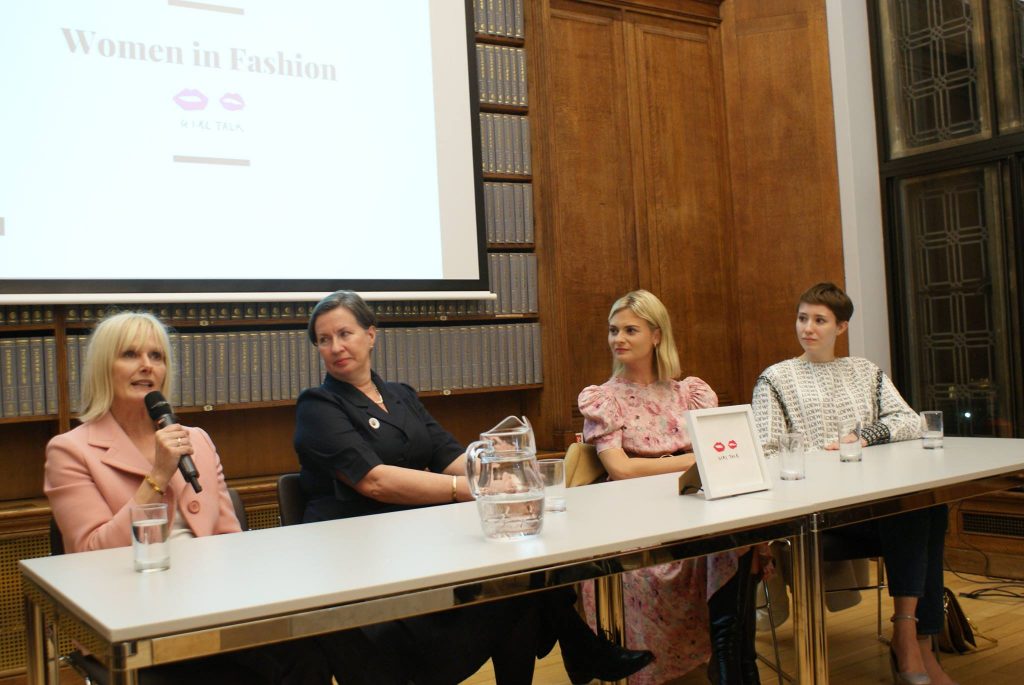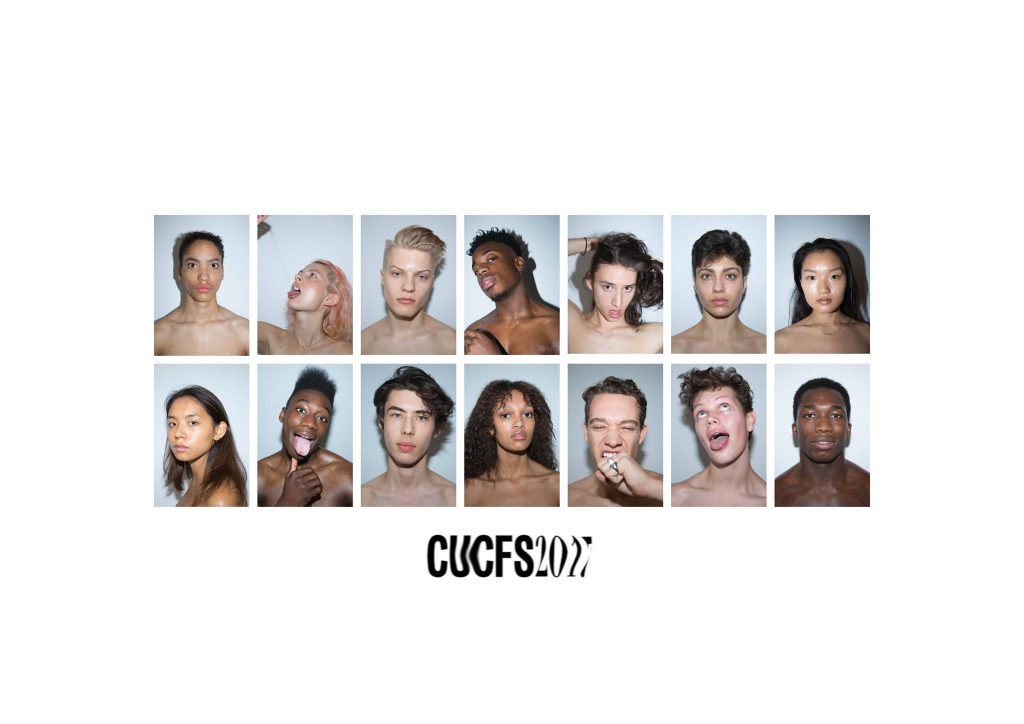
Is diversity in fashion possible?
It’s not just a trend
The need for greater diversity in fashion is obvious, but what is actually being done about it?
Last week I went to an event held by Cambridge Girl Talk (fab initiative people, go check it out). It featured a panel of women at the top of their game in fashion and they chatted a bit about various aspects of the industry, how they got into it etc. etc. It was great.

The panel – from left to right: Jane Shepherdson, Kerry Taylor, Pandora Sykes and Ellie Pithers
In the time set aside for questions from the audience, the problem of diversity in fashion was brought up. The answer given was basically that thin, white, fully-able women are far more marketable. Diversity doesn’t sell. This January’s issue of British Vogue, with the phenomenal Ashley Graham on its cover, did not sell so well at all.
This year’s Cambridge University Charity Fashion Show dealt with diversity in fashion magnificently, particularly challenging ableist ideas of beauty. Racially-speaking, their ratio was far better than that of High Fashion. The majority of CUCFS models were BME whereas, according to The Fashion Spot, of 9,926 models at the major fashion weeks of Spring 2016, an appalling 77.6% were white.

This year’s CUCFS line up
Yet all the models were straight-size (that is to say, not ‘curvy’). This was hardly the organisers’ fault – you simply can’t get sample sizes larger than UK 8 from the vast majority of fashion brands. They’re not going to supply something where there’s no demand.
Even when plus-sized models make it into high fashion, they’re almost never put alongside their straight-sized counterparts. The Vogue Italia cover for June 2011 featured three beautiful plus-sized women, but in the accompanying story they were only photographed with other plus-sized models. The very term ‘plus-sized’ is poisonous for a range of reasons (many of them pointed out in this article). But the main problem is that it separates and fetishises a particular physical attribute.

Peter Lindbergh for Vogue Italia, February 1991
We see this across the industry, from the tokenistic attitude to BME models, to single articles on the breaking of body hair taboos in a magazine teeming with Barbie-smooth girls, to one-off editorials of disabled people in fashion. It reduces hugely important movements into trends. And the defining feature of a trend is that soon it will disappear.
If we want to have any real chance of diversity in fashion, we’ve got to embrace as many versions of beauty as possible and present them together, without discrimination. The key is intersectionality.









































